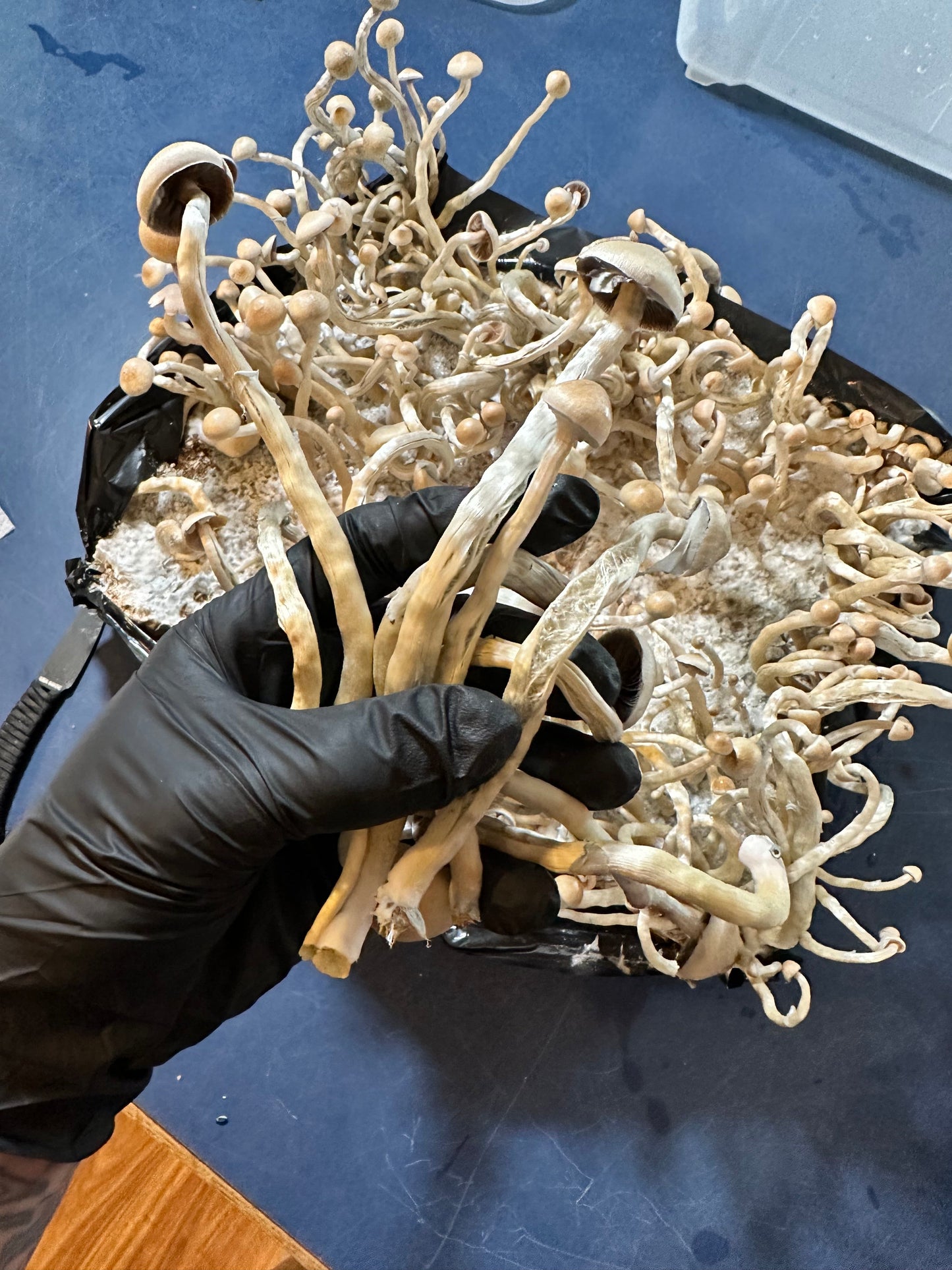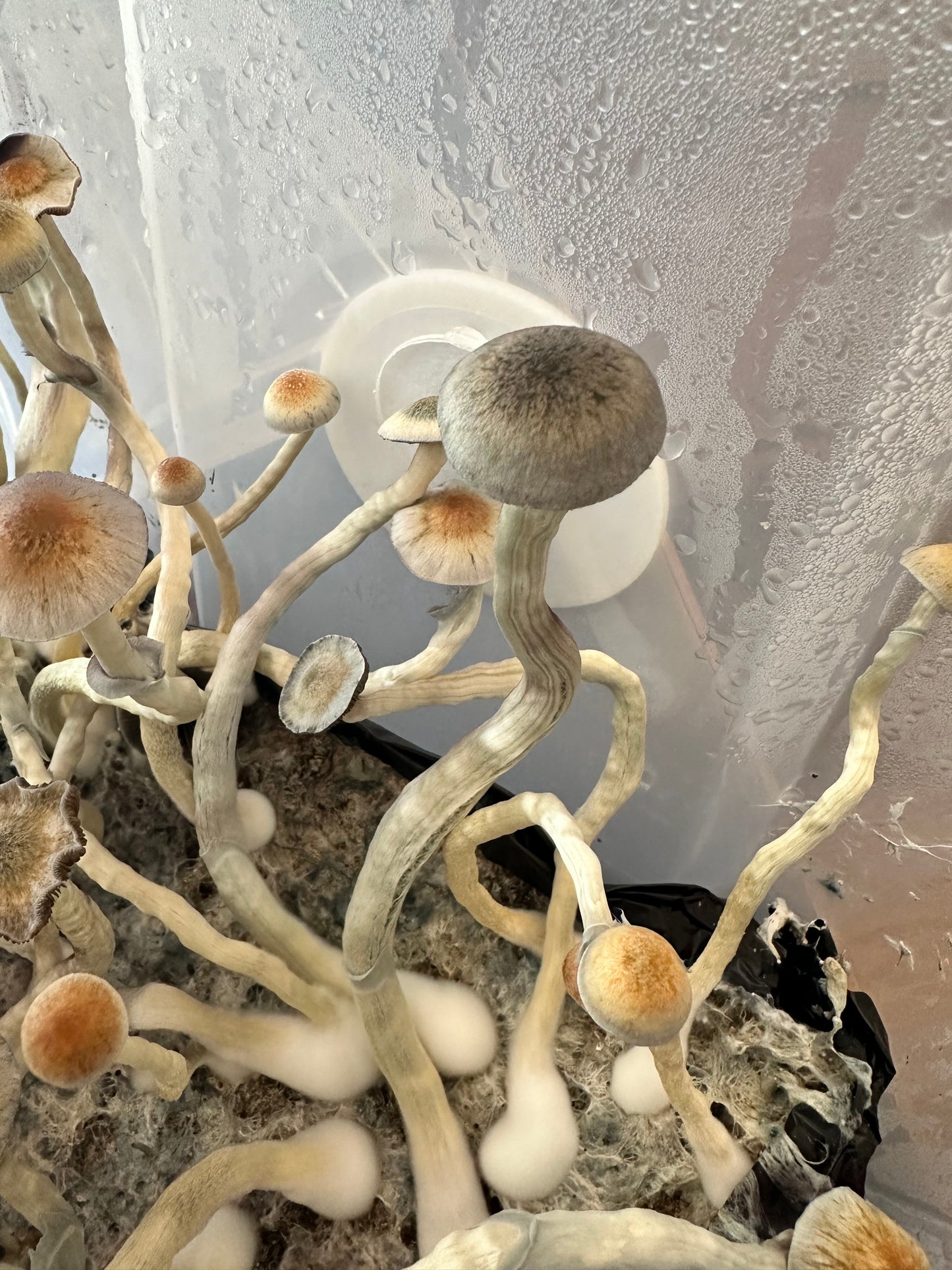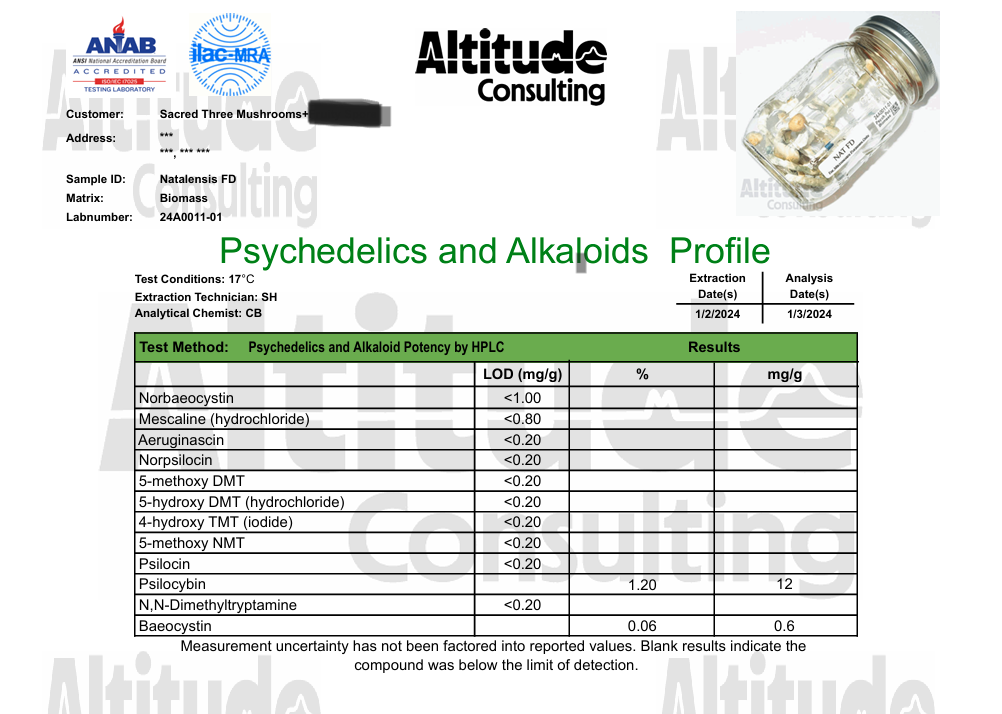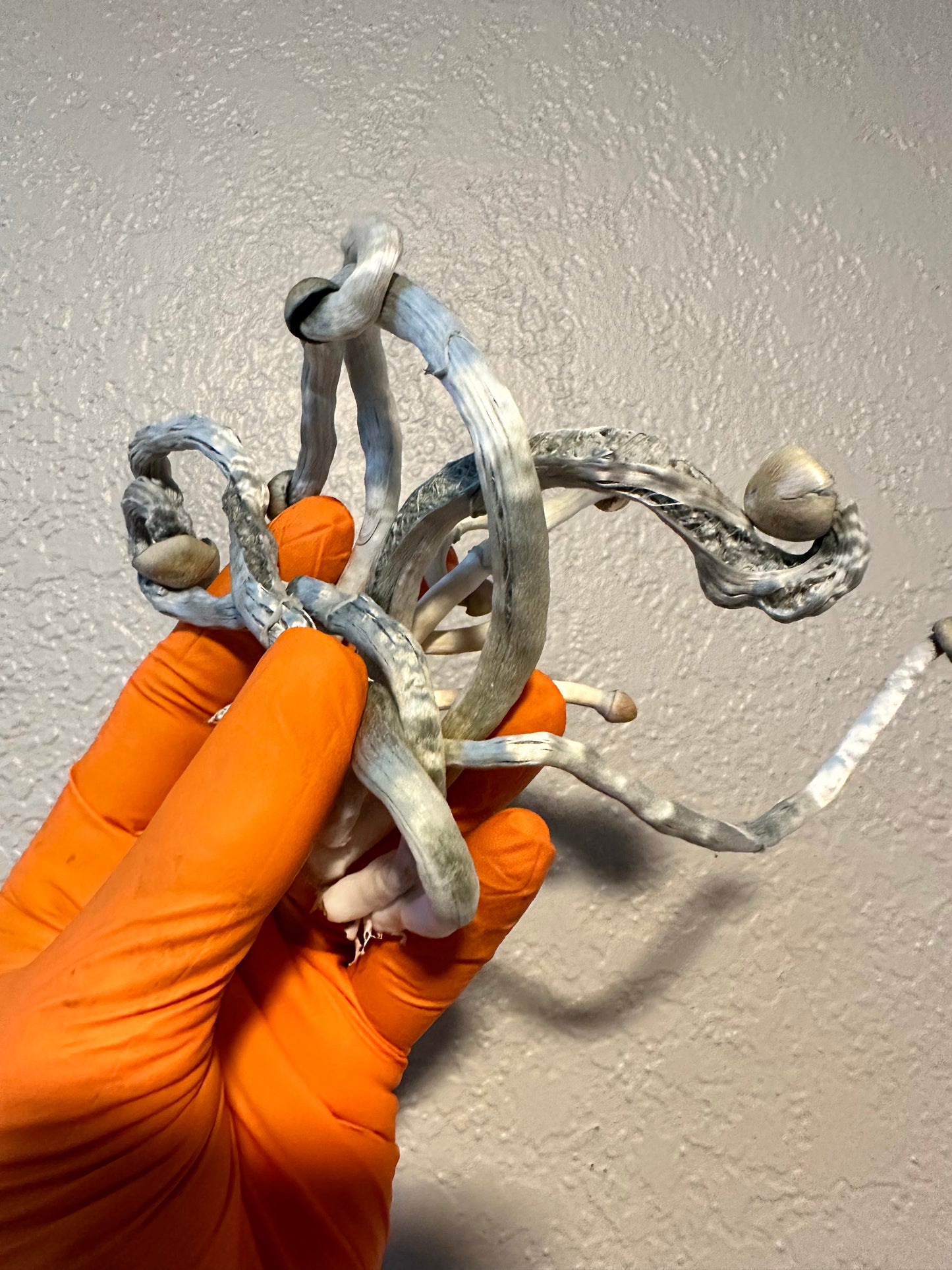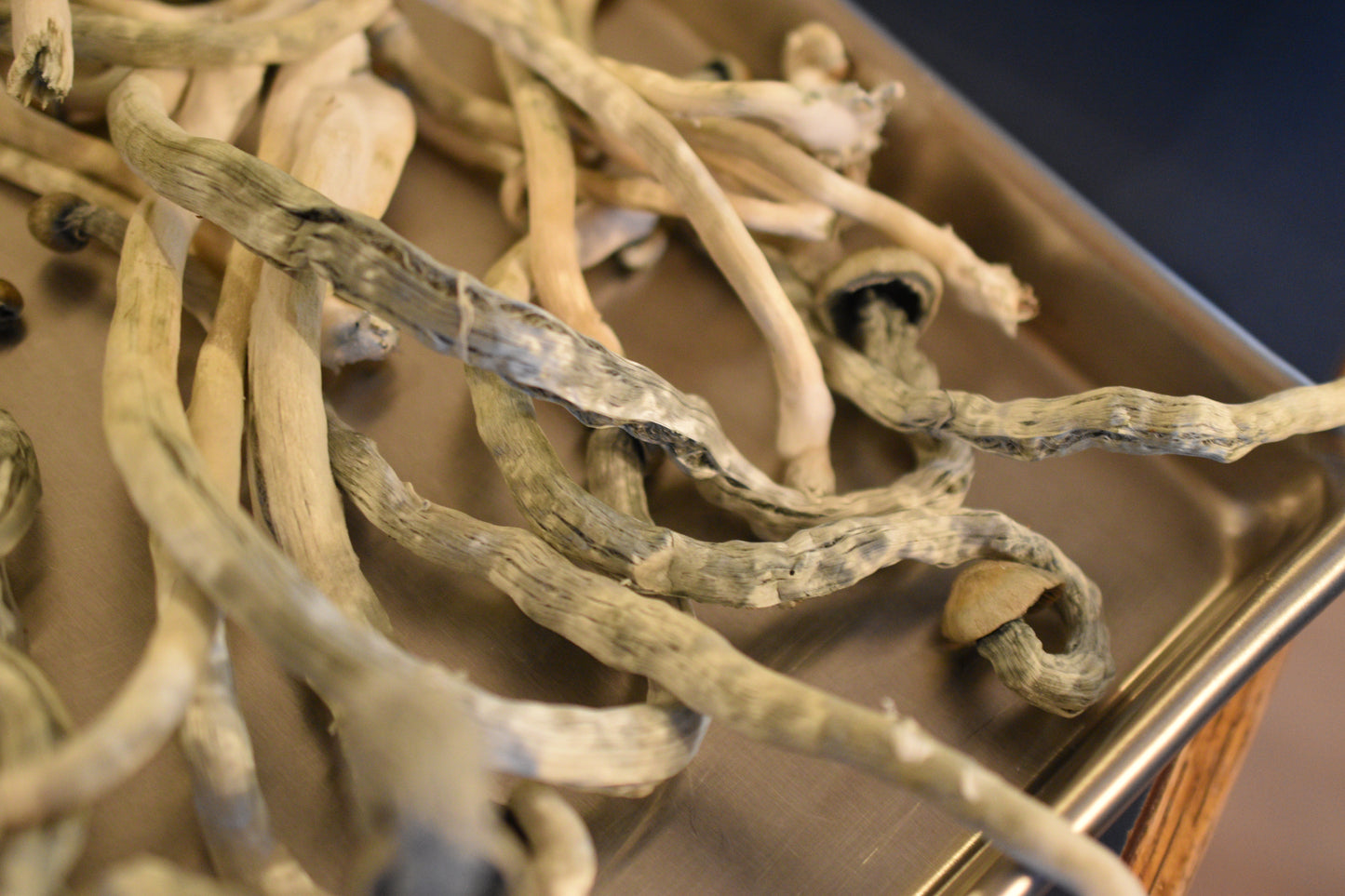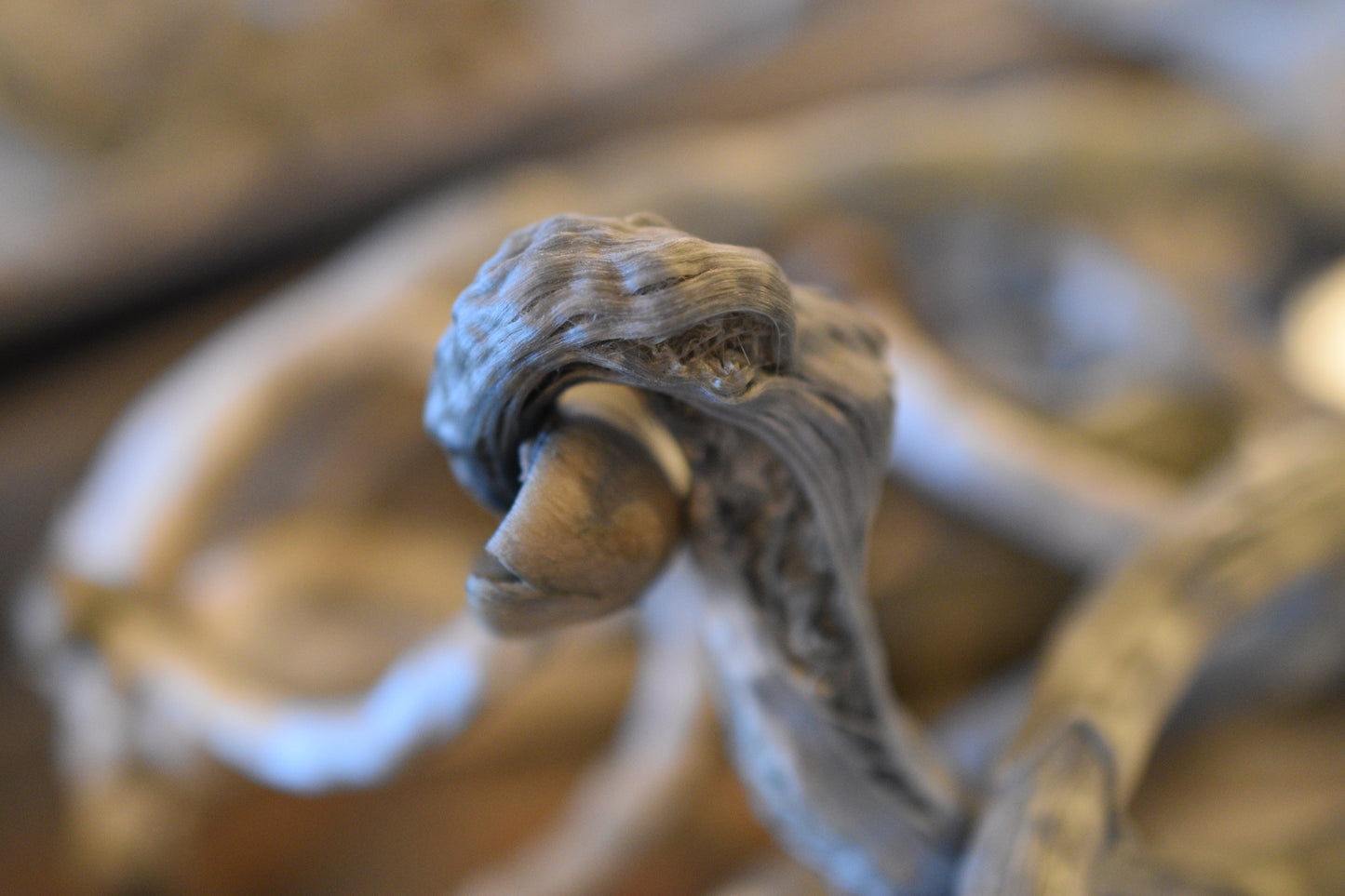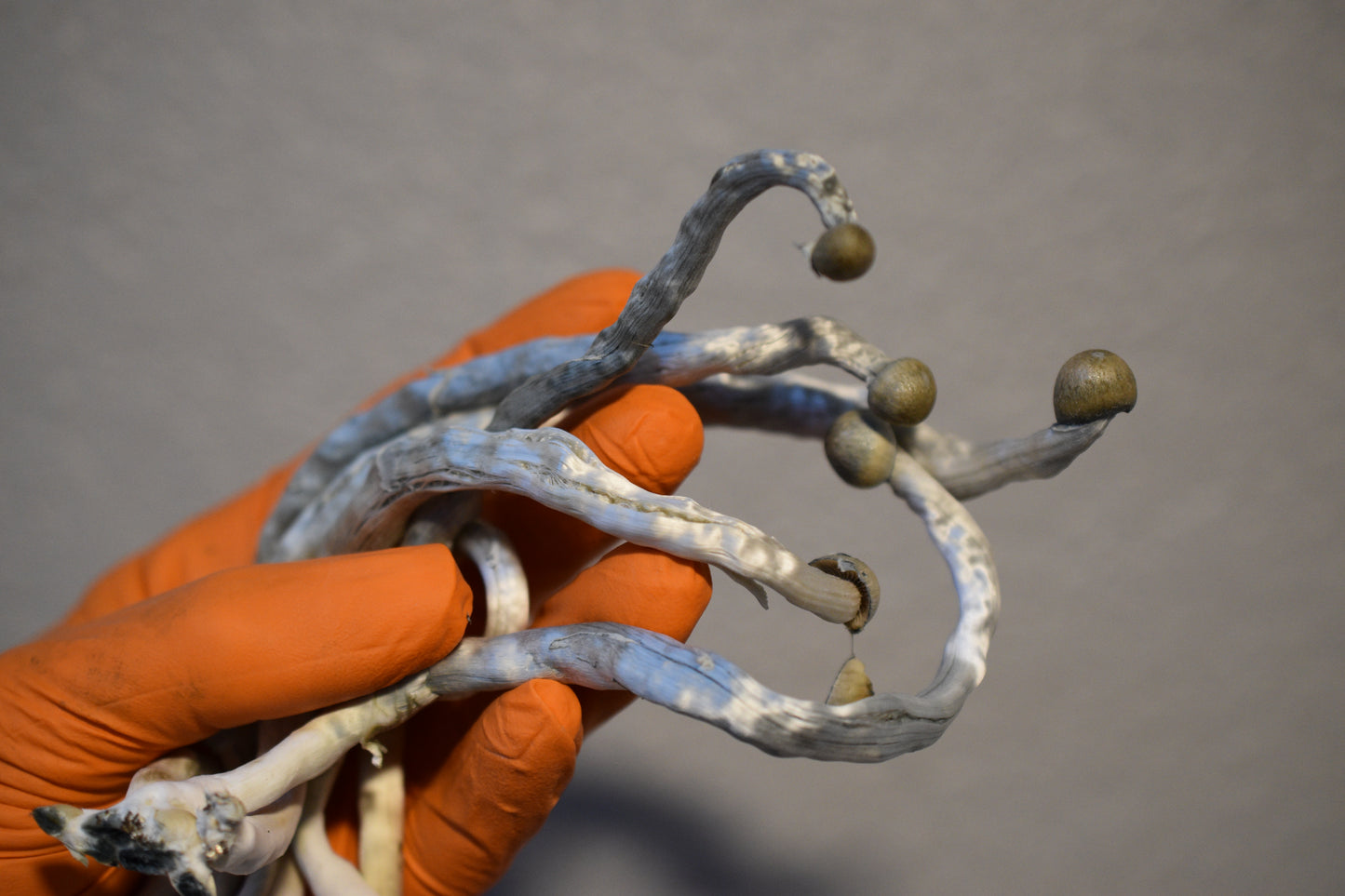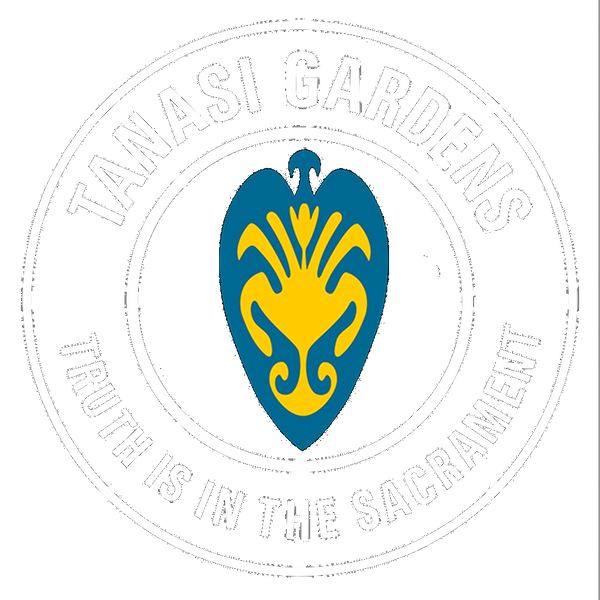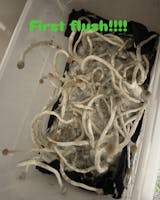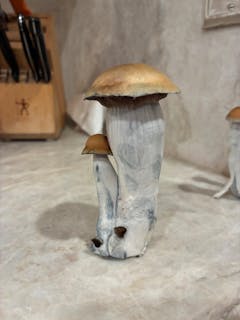Psilocybe ochraceocentrata (formerly Psilocybe natalensis)
Psilocybe ochraceocentrata (formerly Psilocybe natalensis)
Couldn't load pickup availability
Psilocybe ochraceocentrata – 10ML Syringe
Psilocybe ochraceocentrata | South African Native | Formerly Psilocybe natalensis | HIGH Potency Class
Potency: HIGH
Scale:
Mild: 0.1–1.1%
High: 1.2–2.0%
Extreme: 2.1–3.0%
Origin & Genetic Lineage
Psilocybe ochraceocentrata is a subtropical psychoactive mushroom species native to South Africa. Originally described as Psilocybe natalensis in 1995 by Gartz, Reid, Smith, and Eicker, the species was reclassified under its current name in 2024 to reflect its ochre-toned cap center. While some debate remains about the genetic differences between the two names, the prevailing view treats them as the same species.
Unlike the more common Psilocybe cubensis, this species thrives in grasslands and decomposed herbivore dung, adapted to warmer African climates.
History & Community Spread
First documented in academic literature during the 1990s, P. natalensis gained gradual attention from cultivators and researchers. Following its recent renaming, interest has grown due to its fast growth rate, unique effects, and possible therapeutic qualities. Its appeal lies in reliable flushes, aggressive colonization, and the distinctive experience it offers compared to cubensis varieties.
Appearance & Morphology
Caps are medium-sized (2–4 cm), bell-shaped when young and flatten with age. The cap surface is hygrophanous, with an ochre-toned center and wrinkled texture as it matures. Stems are cream to white, moderately thick, and bruise blue when handled. Gills start pale and darken to deep purplish-brown. Spore prints are dark and purplish with smooth, elliptical spores under a microscope.
Potency & Effects
Psilocybe ochraceocentrata is rated HIGH on the Tanasi Potency Scale. Its effects are often reported as clean and emotionally uplifting, with strong introspective clarity and minimal body load. Early anecdotal reports suggest it may also carry anti-inflammatory properties, though further research is needed. Ideal for therapeutic journeys, emotional integration, or ceremonial use.
Cultivation Notes
Mycelium is fast and aggressive, with thick, cottony growth. It performs well on BRF cakes, CVG mixes, and manure-based substrates. Fruiting temps between 74–80°F with 85–95% humidity produce strong yields. This species requires slightly more fresh-air exchange than cubensis, especially during colonization.
Special Traits
Native to South Africa and recently reclassified, this species offers unique bioactivity and vigor. Known for clean effects, dense fruits, and reliable flushes. Well-suited for advanced cultivators, researchers, and psychonauts interested in species diversity beyond cubensis.
Genetics Preserved by: Tanasi Gardens
Grain & Substrate Support by: Sacred Three Mushrooms
Testing (if applicable): Altitude Consulting
